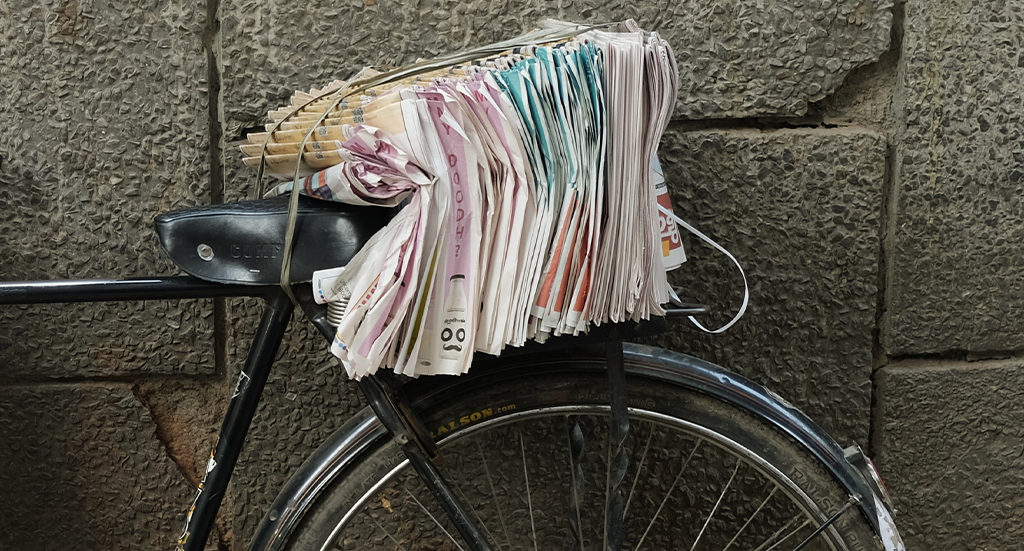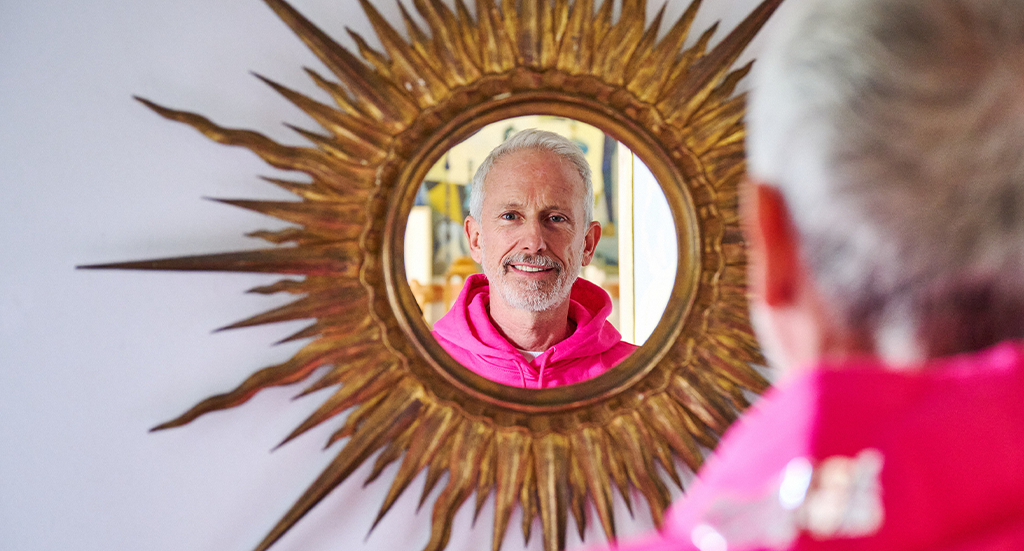Global Media Insights Column
How to reinvent local journalism
How to reinvent local journalism

Last week, the US local newspaper Salt Lake Tribune announced that it had reached cost recovery and was planning to hire more editors and journalists. This is a minor sensation, as local newspapers in the USA are in a deep crisis, and the West in particular is affected by the death of daily newspapers.
And something else is remarkable: after investors failed, the publishing house was converted into a non-profit company. This is a model that has recently been the subject of intense debate in order to ensure the basic supply of local reporting, diversity of opinion and political participation. The Salt Lake Tribune is thus the first ever non-profit daily newspaper in the USA (see more).

A week earlier, on Nov. 19, U.S. information service Axios announced it would continue to expand its local newsletter offerings (see more). From 14 locations today, including Washington, D.C., Denver and Chicago, it will add a total of 25 locations by the end of 2022. Among the 11 new locations are Boston, Miami, Seattle and San Francisco. Axios Local launched in late 2020 with the acquisition of Charlotte Agenda (see more).
The basic concept is free, daily, early morning newsletters with local news researched and written by small teams of two or three local reporters in each city. Ad sales and the IT department are at the company’s headquarters in Arlington, Virginia.
There are now more than 500,000 subscribers. The newsletters have an open rate of between 30 and 55 per cent, which is very high. Axios Local aims to achieve a turnover of 5 million dollars this year, almost entirely from national advertising revenue. In 2022, revenue is expected to increase to $10 million.

The Salt Lake Tribune also broke new ground: the daily print edition with 200,000 copies and 36,000 subscribers was changed to a weekly publication. In addition, a second printed edition is to be published on Wednesdays, delivered by post rather than by messenger, at no additional cost to subscribers. The editorial staff has been expanded by 23 per cent in the past year and will add new departments for education, business, solutions journalism, food and culture by 2022.
The Salt Lake Tribune derives its revenue primarily from subscriptions, donations and advertising. Subscribers pay $80 a year for a digital subscription, while ‘supporting subscribers’ pay $150 a year. One supporting association also donates at least $1,000 per year per member for three years. The Tribune has about 6,500 supporting subscribers, more than 50 supporting members and dozens of corporate donors.
“Google and Facebook eat up a lot [of advertising revenue], but they don’t eat it all up,” Axios CEO Jim VandeHei, a former Washington Post reporter who co-founded Politico in 2007, told WaPo in May. “Most of our investment will be in journalism. If we can hire two or three of the best reporters in each location, we believe we can build a loyal following.”
“We have identified 100 markets in cities where we believe this product can have a significant impact on local readers,“ Axios-CFO Fabricio Drummond told Adweek. “But 100 is the minimum. We also want to explore alternative avenues that will allow us to expand into even smaller communities.” (see more).
Olaf Deininger – Founder of The Fix Germany
PS: The issue of non-profit journalism has even made it into the coalition agreement of the new German government. It states: “We will create legal certainty for non-profit journalism.”

Other current topics on The Fix
More than Pandora Papers
The behind-the-scenes of investigative journalism collaborations. In the new episode of Media Insider, two investigative journalism experts share stories of creating functioning investigative journalism collaborations (see more)
“Press freedom state of emergency” amid unfolding geopolitical crisis
Journalists denied from accessing the Polish side of the border with Belarus under a local state of emergency (see more)
Snapchat for media companies
Le Monde, M6, Bild and dozens of other publishers use Snapchat to their advantage. (Here’s how)
How polls, quizzes and Q&As bring interactivity to modern TV, podcasting and newsletters. They never fail. Why?
Polls, quizzes and Q&As have long been a go to interactivity feature. Although few publishers use their full potential (see more)
Not just social media platforms – publishers deserve better tipping solutions
Great journalism can’t rely on a “donate” button in a corner we have all learned to ignore (see more)
“Potentially industry-changing technology”: Why publishers should start experimenting with blockchain
Blockchain has the potential to transform news media but less than 10% of the interviewed publishers have incorporated it into their strategy (see more)






Join our Community